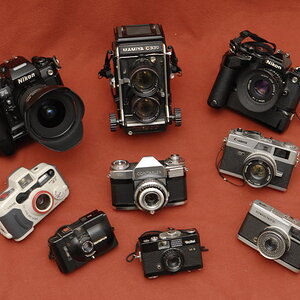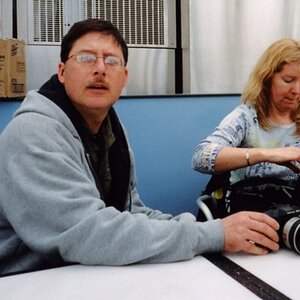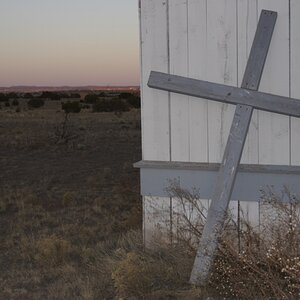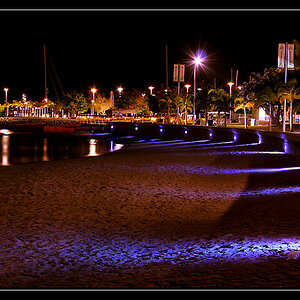itznfb
TPF Noob!
- Joined
- May 21, 2008
- Messages
- 1,167
- Reaction score
- 0
- Location
- Pittsburgh, PA
- Website
- www.mgroberts.com
- Can others edit my Photos
- Photos NOT OK to edit
50 years is a long time. With technology evolving the way it is I'm not sure it's possible to plan something like this even 10 years down the road. As you said something like Google to put Adobe out of business in 5 years even. Highly unlikely but it is possible.


![[No title]](/data/xfmg/thumbnail/35/35264-5ade32b7036391926536661aeb7491c3.jpg?1619736969)





![[No title]](/data/xfmg/thumbnail/35/35270-a66987e049fb56c03e604b4c77910b81.jpg?1619736972)




![[No title]](/data/xfmg/thumbnail/35/35263-86f580cf5d28d23109a45984030a79ad.jpg?1619736968)